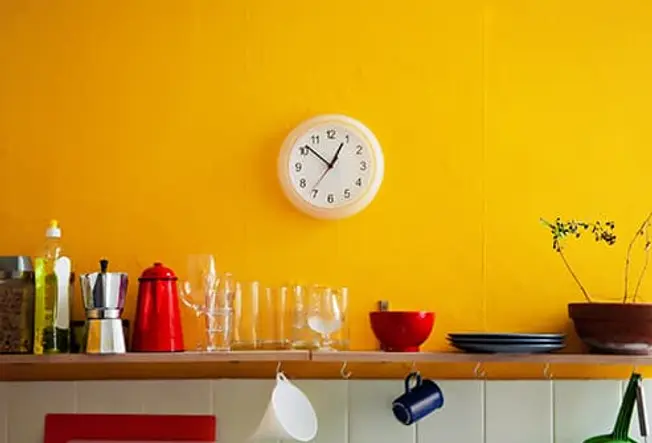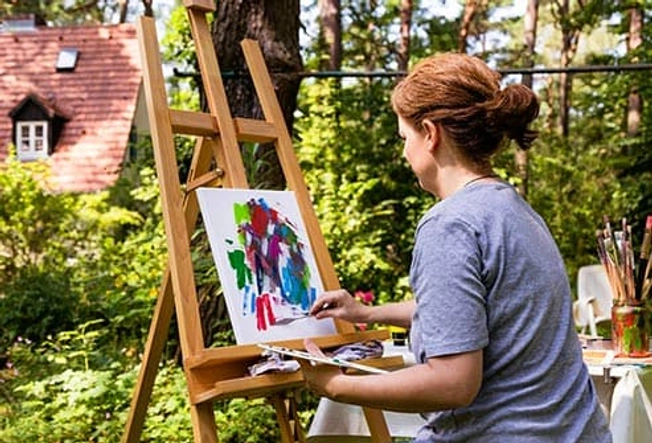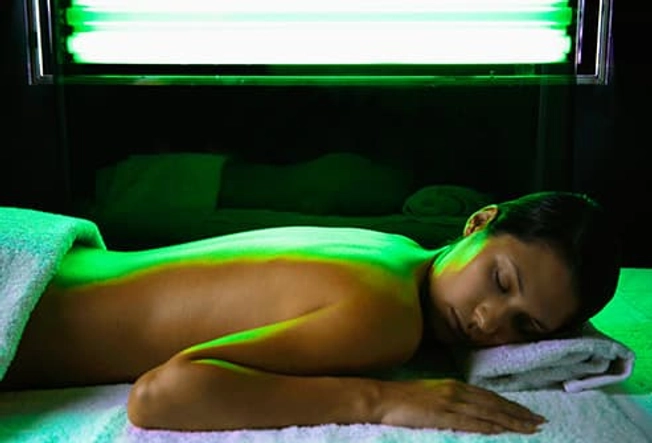- A Balanced Life
- Manage Stress
- CAM Treatments
- View Full Guide
How Colors Can Affect You


What Colors Your World?
Our vibrant world is filled with colors, and they may affect you more than you realize. They can change your mood and your behavior, maybe even your diet and who you find attractive. Before you redecorate, get dressed, or serve your next meal, it might be good to keep that in mind.

Your Memory
Colors can affect what you remember. If there’s lots of red around, you’re more likely to recall negative words. Green, on the other hand, tends to make you hold on to positive ones. That may help you have a happier view of your life and a healthier state of mind.

Your Libido
Women find men who are wearing red more desirable. And it seems that men are indeed attracted to “a lady in red.” But that’s only a physical effect -- the color doesn’t make people of either gender seem more likable or kind.

Your Relationships
We all want the people around us to be happy, and painting the walls of your home pink, green, or white may help you tune into those feelings. Those colors can make it easier for you to pick up on the happy facial expressions of others. In the interest of full disclosure, though, they also can make it harder to recognize sad ones.

Your Internal Clock
Scientists have found that bright blue light may help reset your circadian rhythm if it gets out of whack. Studies show blue has the biggest positive effect on the physical, mental, and behavioral patterns you go through every 24 hours. Researchers are looking into ways it might help treat depression and other mood problems.

Your Emotions
The color green seems to make positive emotions stronger and negative emotions weaker. White and pink may have similar effects, but researchers are still studying those. Meanwhile, the color red seems to have the opposite effect and make negative emotions -- like those linked to failure and danger -- more intense.

Your Creativity
The color green can help get the creative juices flowing. Scientists compared it with white, gray, red, and blue, and green helped people do better with both word-based and picture-based activities. So if you’re looking for a new color for your office walls, think green. Or move your desk out to the golf course.

When You See Red
Your reactions may get faster and stronger when you see it, because your brain sees it as a sign of danger. That’s why your body prepares to defend or attack. It could help in sports like weightlifting where you need a short burst of strength, but it may distract in other sports and activities that call for strategy, creativity, or more complex movement.

Your Energy Level
You may be happier and less tired after you exercise around the color green. It makes sense then that people who exercise outside, where there’s more green, feel better. And having more “green space” where you live tends to boost your mental health.

Your Appetite
The color of your plate can affect how much you eat. The key is contrast: The more different the color of the plate from the color of the food that’s on it, the less you’ll serve yourself. In one study, people served themselves about 30% more fettuccini alfredo if they were given white plates instead of red.

Picky Eaters
Children seem to eat more if there are different colors on their plates. One way to try to get your kid to eat more fruits and vegetables might be to come up with some vivid color combos. As a bonus, different colors often mean a larger variety of nutrients, and that’s good for growing bodies.

Migraine Relief
If you have migraine, you may find you want to avoid light. Different colors, or “wavelengths,” of light -- blue, amber, red -- all seem to make migraines worse. All except green, that is, which actually seems to help. But it’s hard to separate green from other colors outside the lab. Special lightbulbs or sunglasses that isolate green wavelengths are possible, but they need to be developed to be affordable.